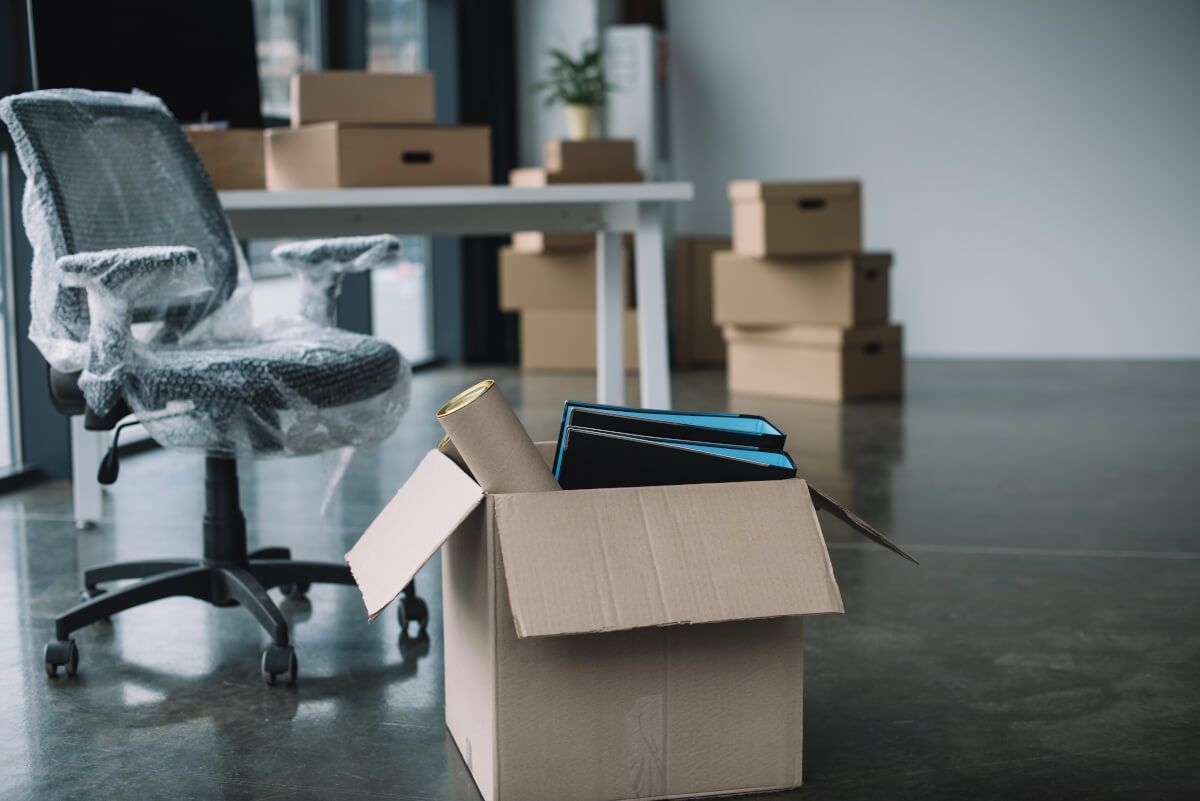How do you organise an office move?

The key to success in organising an office move is first and foremost to plan the whole thing properly. Carrying out the individual steps according to a predetermined plan will allow you to synchronise all the activities with each other. If you are facing a company move – what do you absolutely have to bear in mind?
Relocation necessary
As a company grows and increases its market share or the range of products or services it offers, it may need to change its registered office. Changing the company’s address is not only a cosmetic or image enhancement exercise, but also a major logistical undertaking. The entrepreneur must remember to organise the move in such a way as to make it as simple and smooth as possible. This is not easy, especially if the entrepreneur has accumulated a lot of equipment, documents and furniture in the existing office. How do you move them all to the new premises?
Office relocation plan
We need to realise that the office relocation needs to be carefully thought through. First of all, we need to consider whether we will absolutely need all the equipment and devices in the old office in the new location and whether they will all fit. This is because it is by no means a given that a change of company location always has to involve a change to a larger office or business premises. Taking a rational look at the equipment in the old office will allow you to assess what will be useful in the new office and what can simply be thrown away or left in the old location.
The next step is to work out when to organise the office move. This should be at a time that is most convenient for the entrepreneur and his or her staff, preferably after all projects and work in hand has been closed. It is best to set aside at least one whole day for the move. The date of the move should be communicated to all employees well in advance so that they have a chance to get used to the situation.
With a removal date set, you can book transport for the largest items of equipment and furniture you want to move to your new location. When doing so, estimate whether you will only need one truck, or whether you will need to use more cars or trips with the same vehicle. Perhaps we don’t need to hire transport from a qualified removal company because we have a large company car, for example. This will save a lot on organising the move.
Securing office equipment
Some electronic equipment, printers, monitors, projectors, computers, machines, photocopying machines and the like, can be damaged or break completely when being moved from place to place. To prevent the occurrence of such a situation, the equipment should be protected with, for example, bubble wrap and packed in cardboard boxes with polystyrene foam. The boxes can also be labelled with information on how to handle them carefully. We should do the same with any glass elements we want to transport to our new company headquarters (e.g. a glass table from the conference room). After securing the items with bubble wrap, you can also wrap them in stretch wrap for safety. Documents, books and all other company gadgets should be placed in large boxes and labelled, which will make it easier to unpack and arrange them in the new location. Desks, on the other hand, can be dismantled to make them easier to transport.
Documents during the move
It is essential to keep an eye on important company documents throughout the office move. They should not be left out of sight. They should be packed separately, labelled and entrusted to a competent person, preferably a company employee and not an outsider. If they are confidential documents, they can be transported in special sealed packaging to ensure proper security.
Planning the new office space
In addition to planning the office move itself, we need to plan the layout of the equipment being transported to the new premises. You can draw a simple floor plan of the office on a piece of paper or in a computer programme and lay out the employees’ desks, document racks and computer equipment, etc.
